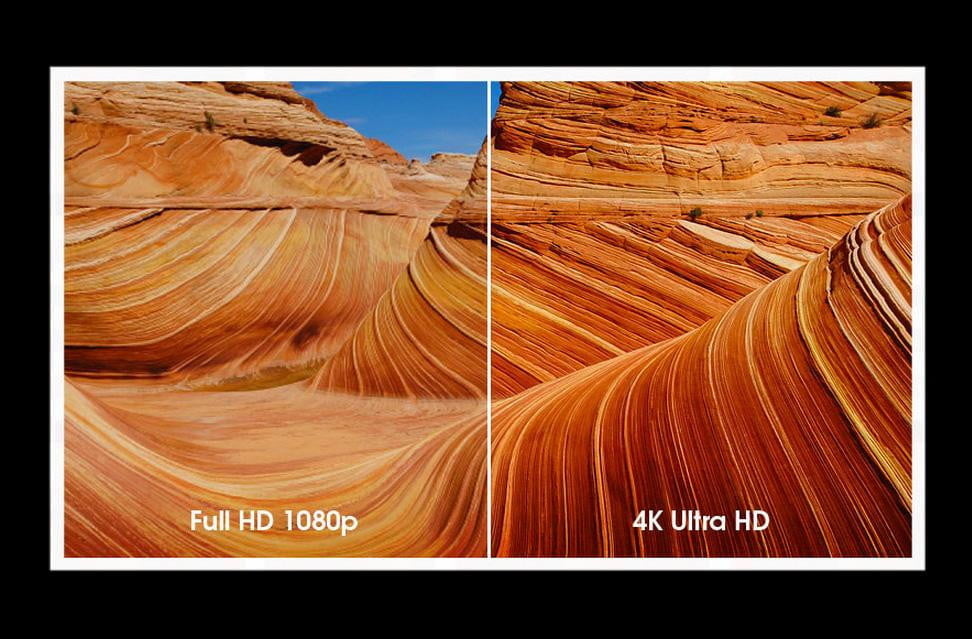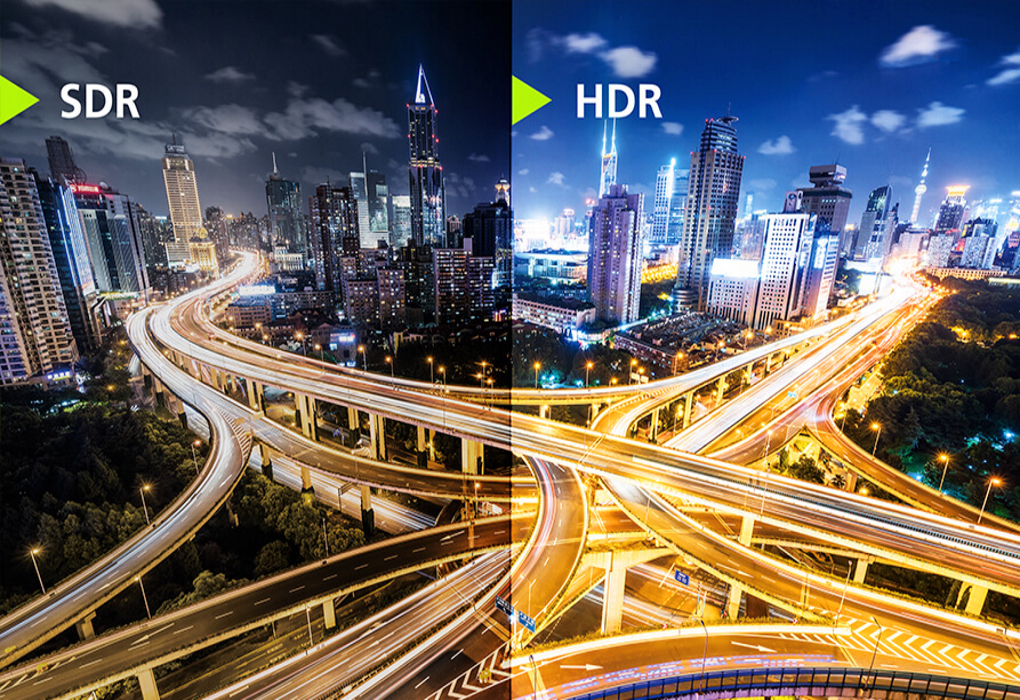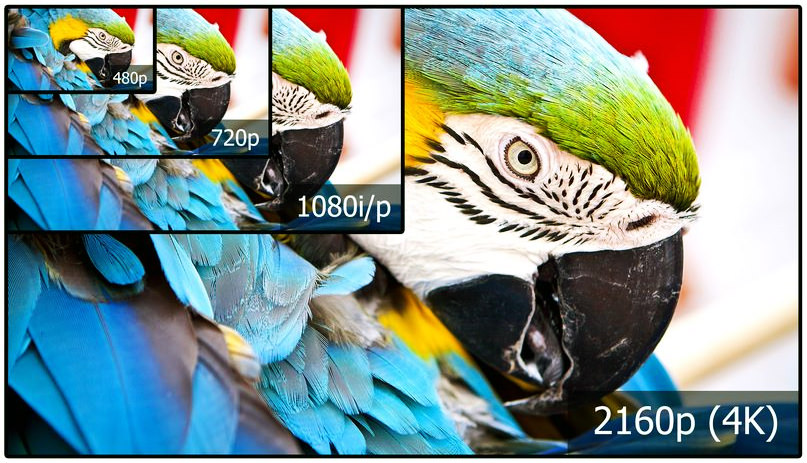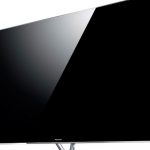What is the difference between UHD vs HDR?
The world of home entertainment continues to blitz through the technology stratosphere with a veritable feast of innovations, showing absolutely no signs of hitting the brakes. It’s like a thrilling roller-coaster ride, teetering on the edge of the latest advancement. Today’s TV landscape is no less dynamic, with terms like UHD and HDR occupying the mainstream tech chatter.
Not too long ago, we were enamoured with the crystal clear visuals of full HD TVs. Now, they seem almost vintage, as we usher in the era of Ultra High Definition (UHD) and High Dynamic Range (HDR) viewing.
What is UHD TV?

UHD, or Ultra High Definition, is often synonymous with 4K, boasting a pixel count of 3,840 x 2,160. The ‘4K’ moniker highlights that UHD has quadruple the pixel count of the familiar 1080p Full HD TV. Despite a hairline difference between 4K and UHD, the impact on your home viewing experience is essentially the same.
Pixels – those little coloured dots – craft the images we see on our screens. The better the resolution, the greater the pixel count, resulting in crisp, sharp visuals that are pleasing to the eye. With about 8 million pixels, 4K UHD TVs provide a colour gradient spectrum that is unrivalled, exuding realistic detailing, textures, and a vibrancy that almost mirrors life.
Enhanced frame rates between 60 and 120 Hz ensure a smoother viewing experience, making action movies, sports events, or gaming sessions truly immersive. It’s no surprise that major brands are riding the 4K wave, crafting models endowed with 4K prowess. Yet, it’s worth noting that the 4K magic shines brightest on larger screens.
What is HDR in TVs?

Often, you’ll find 4K models armed with the feature of HDR, or High Dynamic Range. HDR intensifies the contrast in an image – think of it as the difference between the darkest blacks and the brightest whites. While 4K lays the pixel foundation, HDR ensures those pixels are dressed in their Sunday best. Stellar HDR performance is characterised by bright elements that do not overpower the rest of the image, while the dark tones remain deep and pronounced. Colours should not bleed into each other, and the overall image should exude realism. With its ability to tweak brightness, HDR also elevates the colour palette, infusing a sense of luminescence that previous TV generations couldn’t touch.
Is HDR Better Than 4K?
This question is akin to comparing apples and oranges. Both 4K (UHD) and HDR aim to upgrade your viewing experience but operate on different aspects of the image. 4K takes charge of the pixel count, amping up image definition and texture, while HDR refines the colour depth and quality of the image. The ubiquity and affordability of 4K make it a given in your next TV. However, HDR inclusion isn’t always guaranteed. When hunting for your new TV, it’s worth ensuring that it boasts both 4K and HDR for a superior visual feast.
It’s not so much about UHD vs HDR, but more about harnessing the synergy between them to produce the finest viewing experience. If you’re eyeing the towering titan of visual tech – an 8K TV, rest assured HDR comes as a standard feature, ready to revolutionise your TV-watching escapades.

If you enjoyed this page, and would like to read some of our other blogs, then consider having a look at these other pages too!





















































